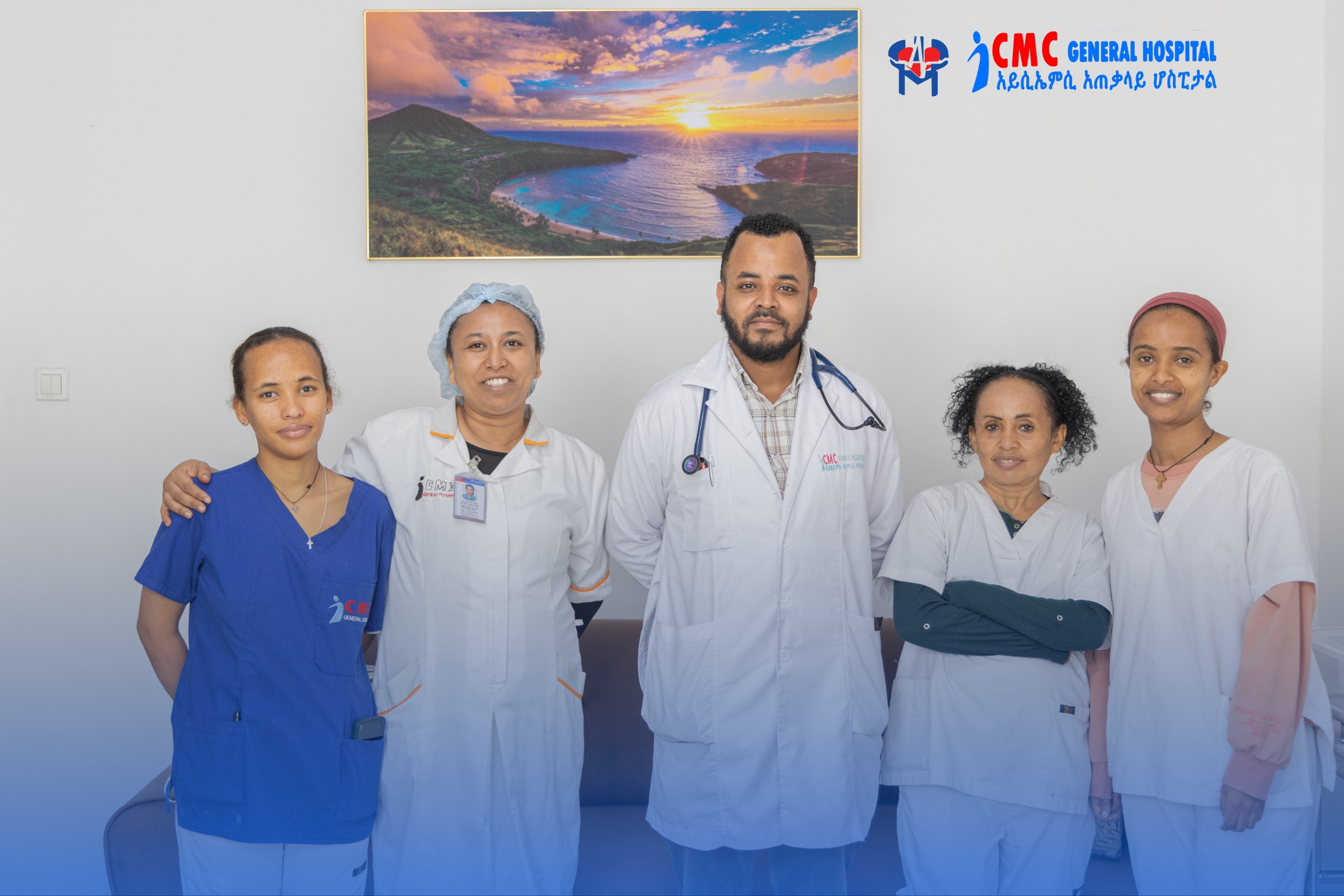News and Events
News
Neonatal Sepsis and Surgical Complications
Neonatal Sepsis and Surgical Complications: Medical History and Management at ICMC General Hospital
Medical History (Neonatal Course)
The patient is a neonate born to a 28-year-old primigravida mother who received antenatal care and delivered via cesarean section at 38 weeks of gestation due to oligohydramnios and intrauterine growth restriction (IUGR). Birth weight was 2.2 kg.
Immediately post-delivery, the neonate was admitted to the NICU and remained for the first 3 days. Empirical antibiotic therapy with ampicillin and cefotaxime was initiated and continued for 5 days. The neonate was then discharged to room-in with the mother.
Readmission
On day 6 of life, the infant developed abdominal distention and respiratory distress and was readmitted to the NICU. He was made NPO and started empirically on vancomycin and cefepime, later revised to vancomycin and meropenem for 1 day. Due to clinical deterioration, the neonate was referred to our facility for further management.
On Admission to Our Facility
V/S: - PR: 165 RR:82 T: 36.0 SPO2: 91 on iNO2 RBS: 30mg/dl Wt: 3kg
ABD: - Tense abdomen and hypoactive abdomen
CNS:- Poor suckling, unsustained
Investigations
CBC: Left shift with severe thrombocytopenia
CRP: Elevated
Organ Function: Hypoalbuminemia
Abdominal X-ray: Dilated bowel loops
Abdominal Ultrasound: Ascites (?spontaneous bacterial peritonitis)
- Pelvicalyceal dilatation
- Bilateral echogenic kidneys suggesting possible diffuse renal parenchymal disease
- Mild left-sided urinary tract dilation
Echocardiogram: Small atrial septal defect (ASD), left-to-right shunt
Lumbar Puncture: Frank pus obtained and sent for culture
Blood Culture: Grew Enterococcus faecalis
Management and Clinical Course
- Started on piperacillin-tazobactam and meropenem
- Kept NPO, supported with minimal feeds (MF) of amino acids, calcium, and potassium chloride
- Required inhaled nitric oxide (iNO₂)
On the second day of admission, the neonate developed seizures and apnea, unresponsive to calcium and IV phenytoin. Cardiopulmonary resuscitation (CPR) was performed for a few minutes, after which the neonate was stabilized. Multiple inotropes were initiated, and the neonate was intubated, sedated, and placed on mechanical ventilation.
Due to worsening abdominal signs (bilious vomiting, shiny and silent abdomen), laparotomy was deemed high risk, and peritoneal drainage was performed. Bilious drainage was noted for the first 2 days, then gradually decreased, with concurrent improvement in abdominal status.
The patient came out of shock by day 5 and was extubated on day 6. Clinical improvement continued, and trophic feeds were initiated and gradually advanced to full feeds.
Complication and Final Outcome
Despite initial improvement, the neonate developed worsening respiratory distress and depressed reflexes on day 13 of antibiotic therapy. Laboratory tests revealed:
- Rising WBC count
- Worsening thrombocytopenia
- Further elevation in CRP
Fungal sepsis was suspected, and fluconazole was initiated. The infant showed marked clinical improvement within 3 days of antifungal therapy.
The neonate completed 21 days of antibiotics and was discharged in stable condition after a repeat blood culture showed no growth.




